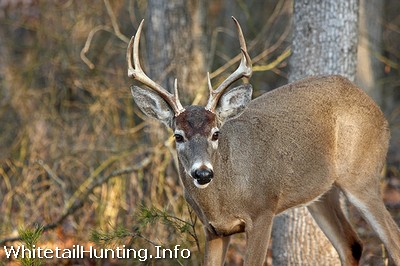The white-tailed deer hunting season is almost here, but hunters may find a few less deer in the woods this year, especially in Pennsylvania. State officials announced that test results from a wild whitetail deer have confirmed that epizootic hemorrhagic disease (EHD) has been found in Northampton County in August. A this time, wildlife personnel is encouraging anyone finding a dead or sick deer to call their respective Game Commission region office.
EHD is a common but sporadic disease in white-tailed deer populations of the United States, and is contracted by the bite of insects called biting midges. In more northern states, EHD occurs less often and affected deer are less likely to mount an effective immune response. The deer virus usually kills the deer quickly, within five to 10 days. The disease is not spread from deer to deer by contact. While EHD is not infectious to humans, deer displaying severe symptoms of EHD are usually not suitable for consumption because of the rapid deterioration of the meat and secondary bacterial infection.

Even though some EHD symptoms are similar to those of chronic wasting disease (CWD), such as excessive drooling, weakness and a loss of fear of humans, there is no relationship between EHD and CWD. However, because these diseases coexist, deer submitted for EHD testing also are being tested for CWD. The deer disease known as Blue Tongue also has very similar symptoms to EHD and CWD. Tissue samples must be extracted within 24 hours of death to be suitable for conducting tests. There is no evidence that humans are at risk from EHD, but other diseases could be transmitted by careless hygiene when processing deer.
EHD is one of the whitetail deer diseases in which the animal mortality rate can be amplified by anything that serves to bring deer together, such as supplemental feeding, and placement of salt or mineral blocks. While the disease is not spread through deer-to-deer contact, congregating animals through feeding does make transmission easier by allowing midges that carry the virus greater access to a larger number of animals in a more confined area. Therefore, such feeding activities should be discontinued immediately. There will still be deer this whitetail hunting season in Pennsylvania, but not as many as there were prior to EHD taking its toll.